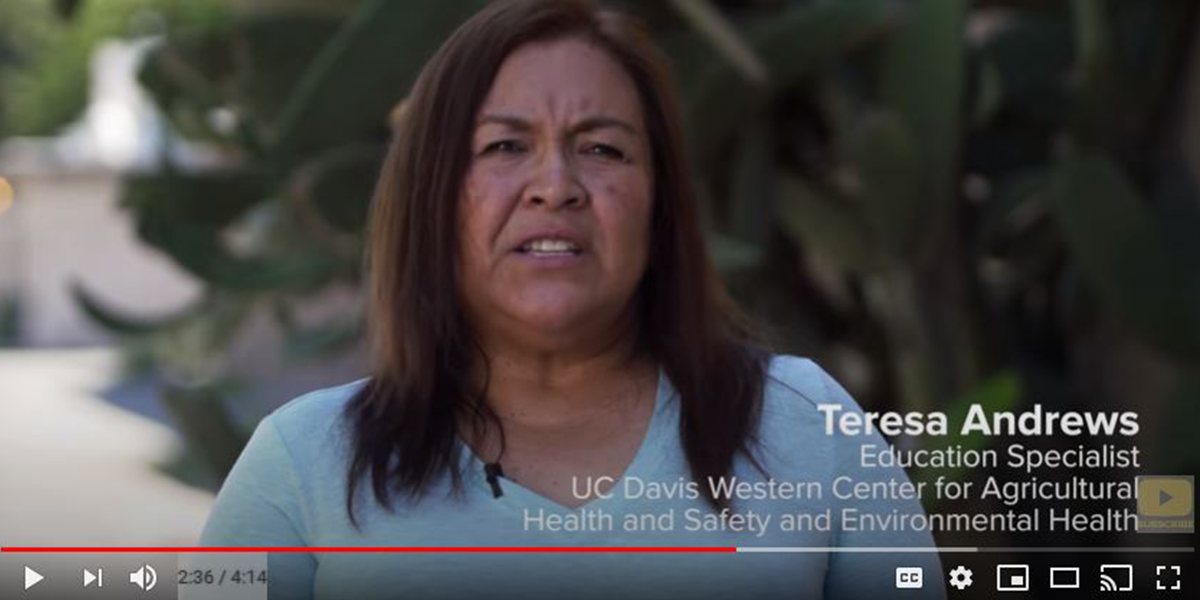
Above: “Protecting Farmworkers as Temperatures Rise With Climate Change.” California’s long, hot summers can be deadly for people who make their living laboring in the sun. The state’s Mediterranean climate is great for the 400 different types of commodities grown, but hard on the humans who harvest them. And climate change is making matters worse. Watch how UC Davis is working with growers and workers to prevent heat illness.
An article in The Guardian blows the whistle on the little-recognized threat of climate change to workers. In 2018, 60 workers died due to temperature extremes, according to the most recent Bureau of Labor Statistics data on workplace fatalities.
According to projections conducted by the not-for-profit organization Climate Central, the number of dangerous heat days for major US cities will increase from 20 a year on average in 2000 to 58 in 2050. A dangerous heat day is defined as one in which the heat index, accounting for heat and humidity, exceeds 104F (40C).
The Public Citizen report, “Extreme Heat and Unprotected Workers” found that workers are already facing hotter temperatures more frequently. But there are no federal safety protections for workers in extreme temperatures, and only three states, California, Washington and Minnesota, have heat stress workplace protection standards.
In an April 2019 report, the AFL-CIO noted federal Osha’s inspections related to heat declined by 49% under the Trump administration’s first two fiscal years in office.
The Communications Workers of America (CWA) and other unions have negotiated protective language on heat in their contracts.